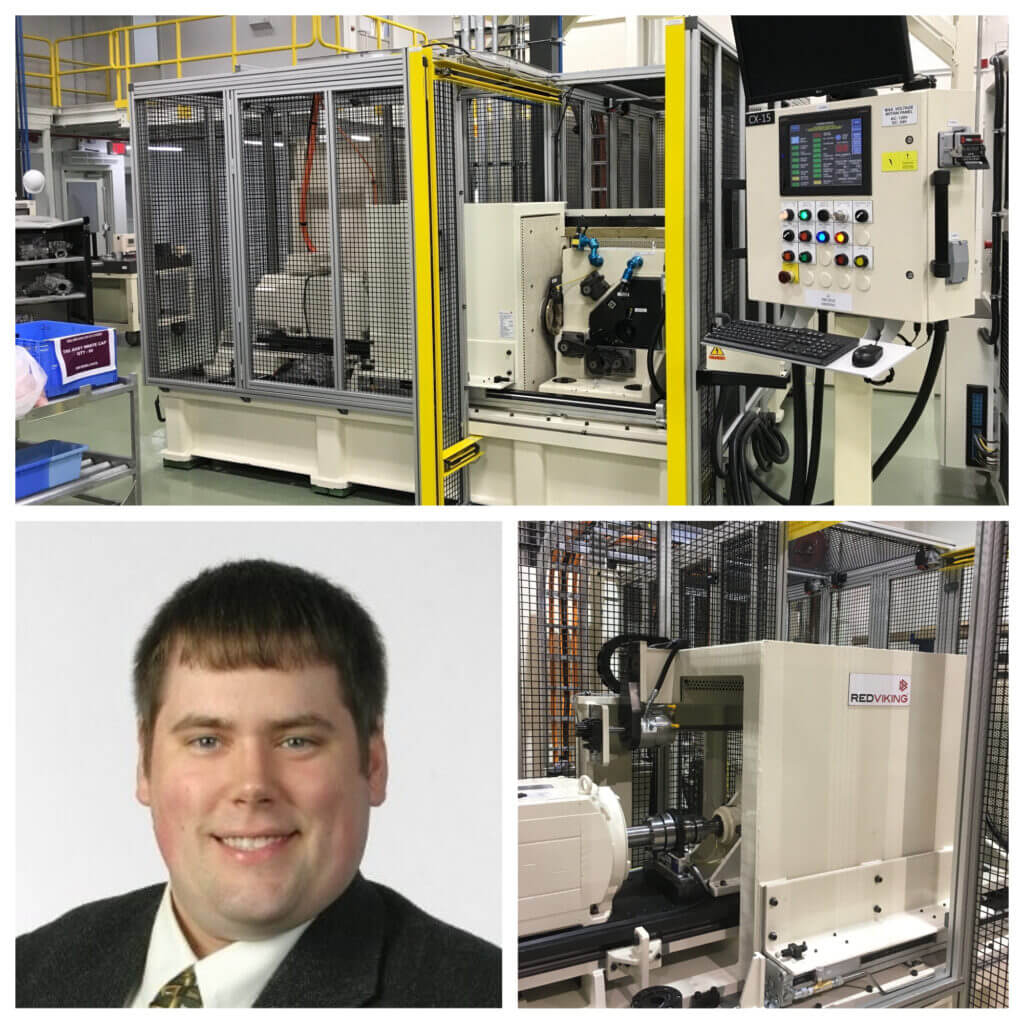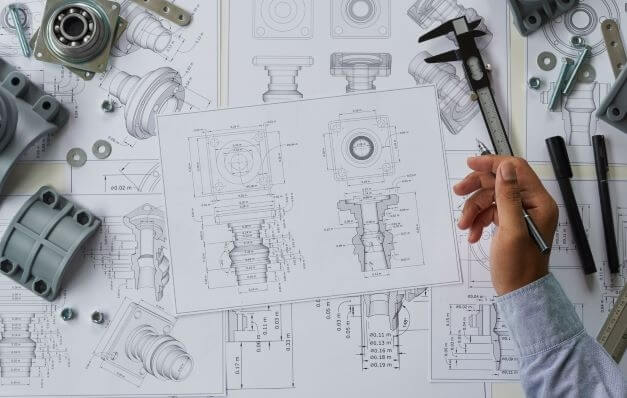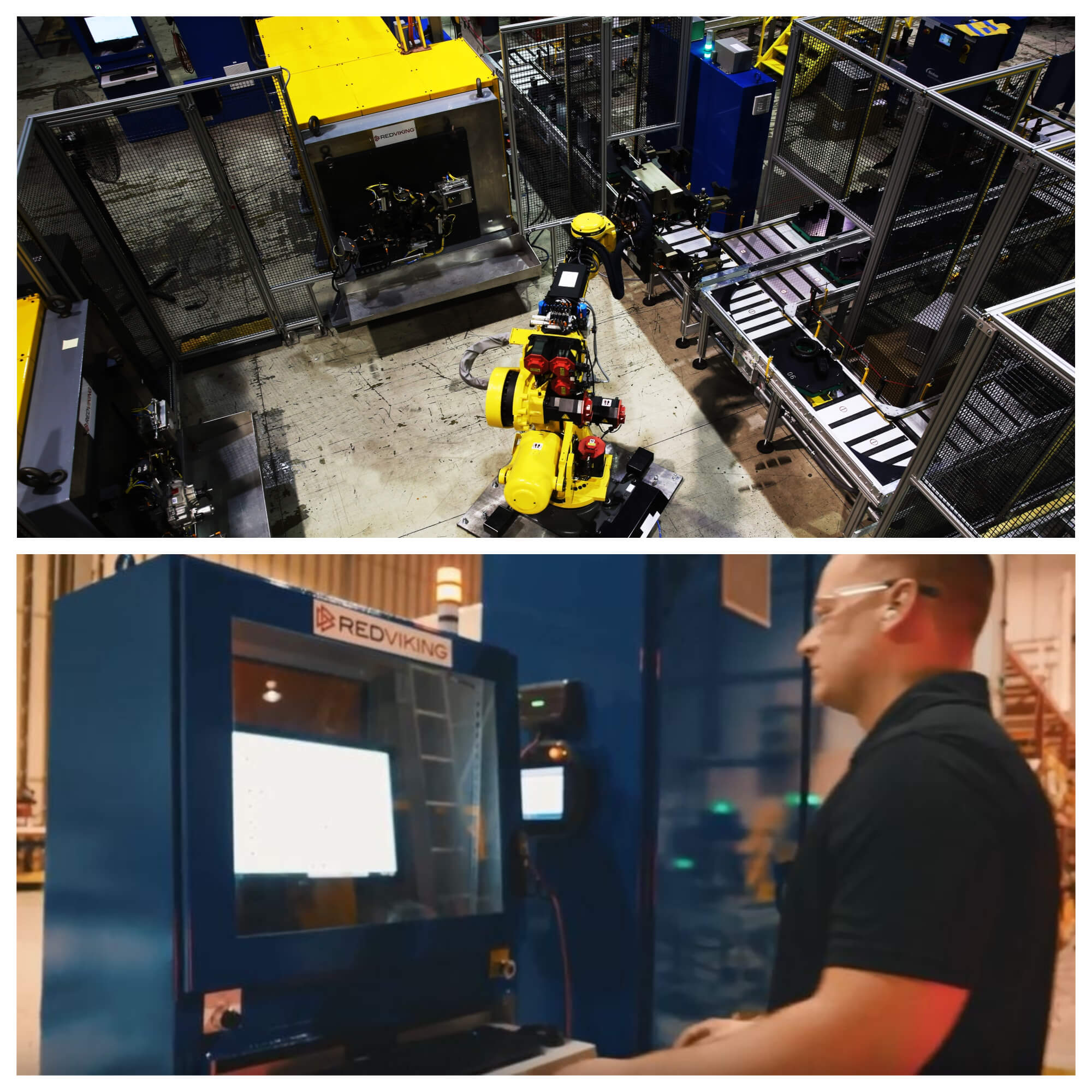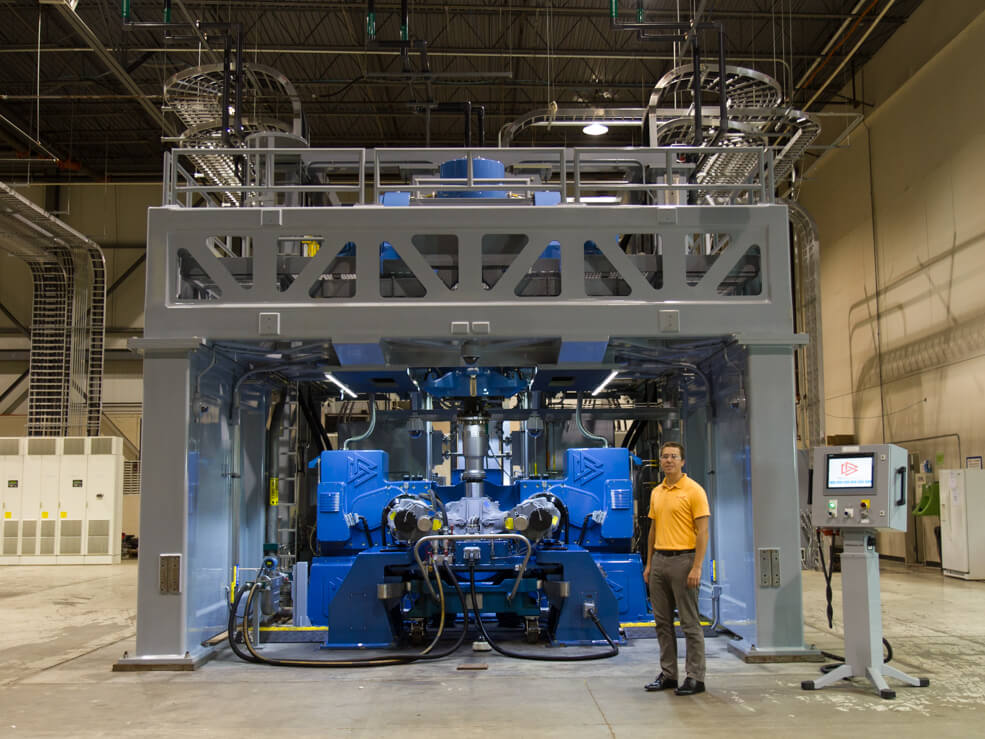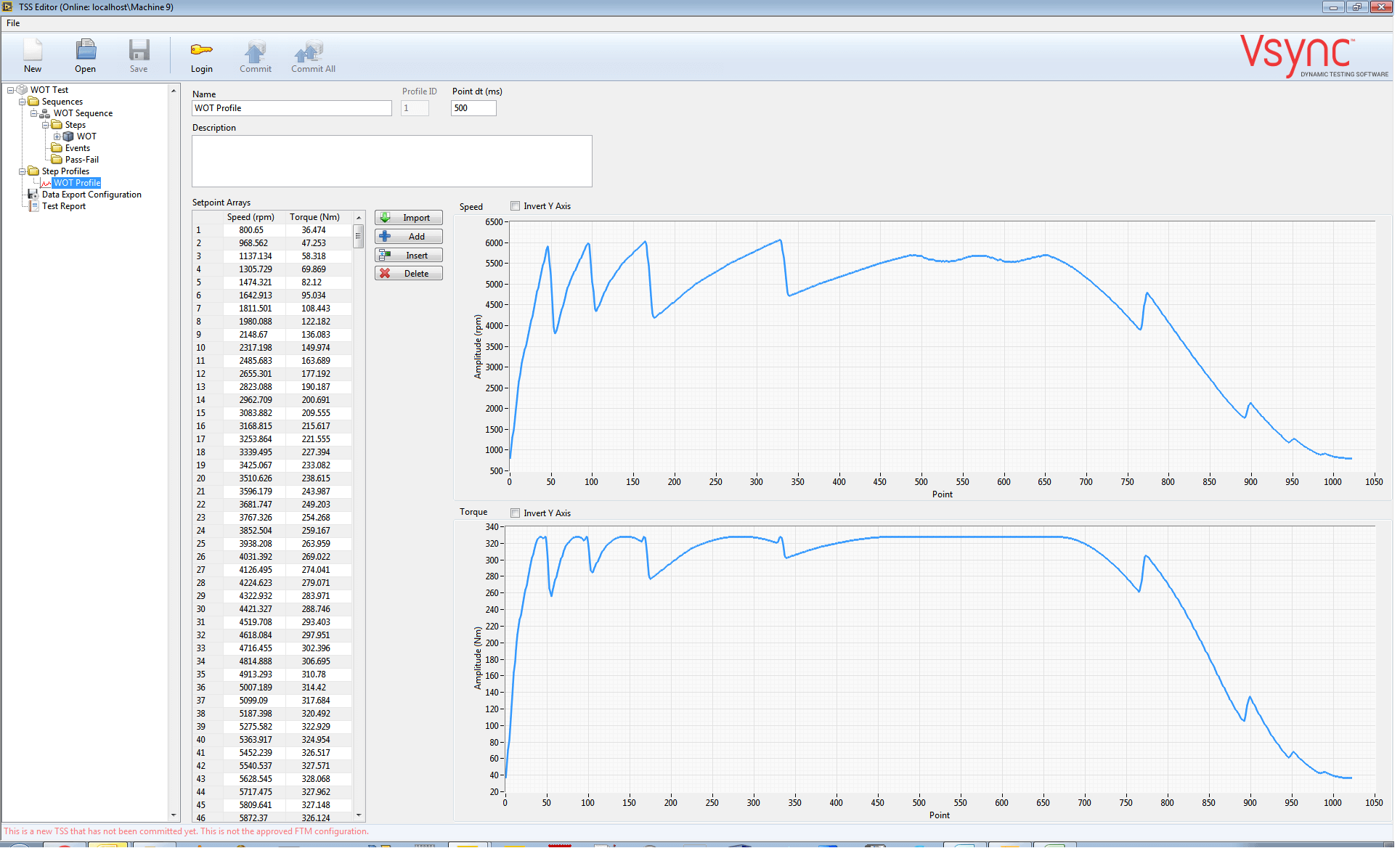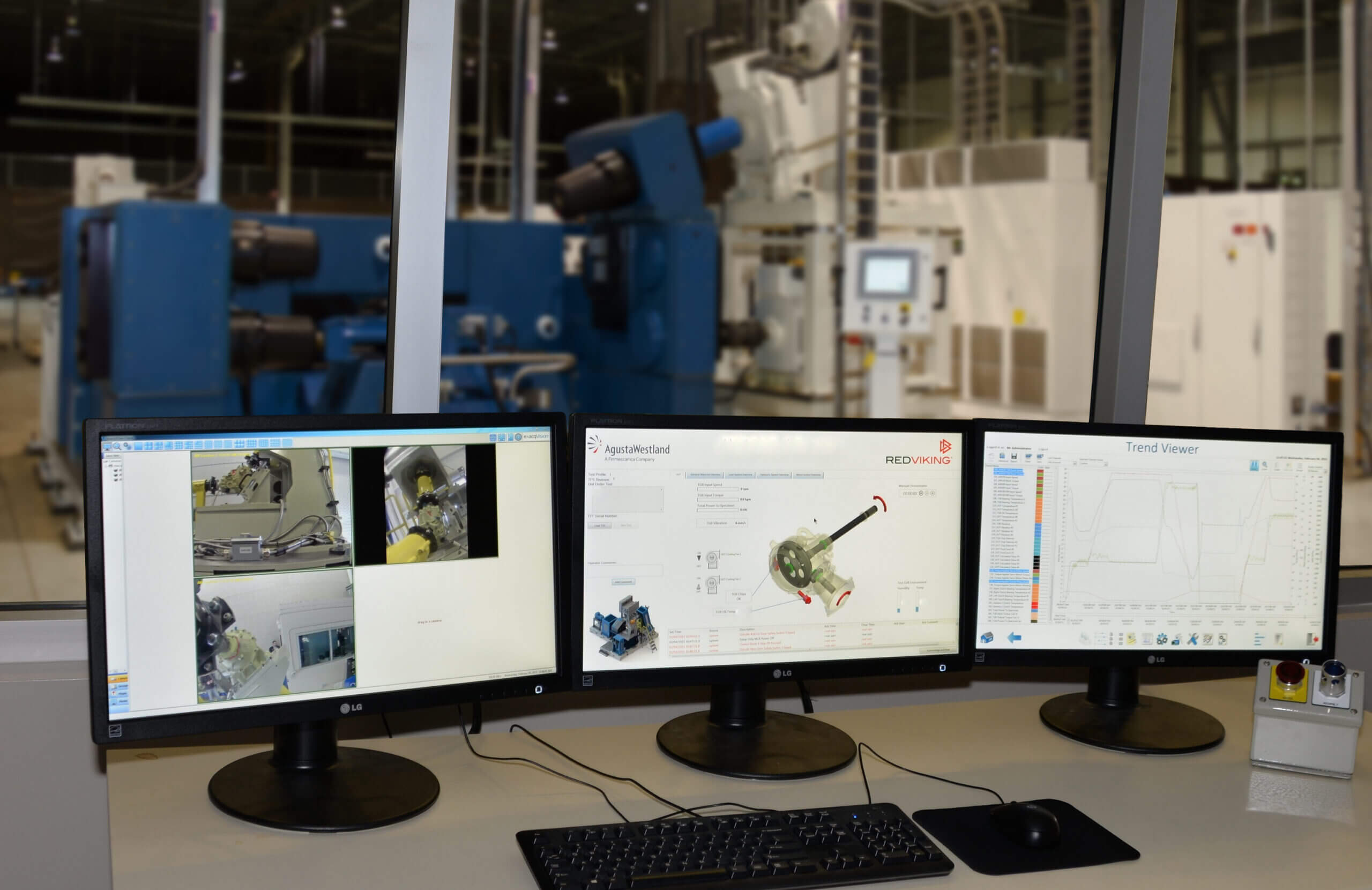A large automaker has not only been able to reduce faulty part detection from an hour to 20 seconds, automating end-of-line ghost noise detection also saved money and resources while improving product quality.
This is an excerpt from an article in Automation World by Michael Cloughesy, Senior Software Engineer at RedViking. A large automaker was building a new transfer case in the U.S. and needed an end-of-line test system. They were dealing with a two-part issue:
- They needed a configurable automated system that could provide early ghost noise detection. Ghost noise is vibration at frequencies not related to the internal gear or bearing frequencies that are typically the source of the noise. Current equipment and software weren’t able to automatically detect this type of noise and manual detection required one hour per unit.
- They wanted a U.S.-based partner to supply this type of equipment so that they would have local support, presence, and better control. They were working with foreign counterparts for all of their U.S. testing equipment sourcing, build and support. which was time-consuming and expensive.
Our applications and engineering teams worked with their U.S. and foreign engineering teams to identify and propose a solution. The automaker’s teams were particular about the capabilities, robustness and quality of our machine and its ability to provide this specialized ghost noise detection.
Vsync eliminates software code changes
We designed and built the machine to the automaker’s specifications and integrated the ghost noise detection into our test executive software, Vsync. The test executive includes a highly configurable sequence editor, which allows the automaker’s engineers to change the sequence without software code changes.
Detailed ghost noise analysis
This end-of-line noise, vibration and harshness (NVH) qualification test machine manually and/or robotically loads and engages their two-part types. It begins with automatic tool clamping and engagement. The motor is then precisely aligned, and the test machine scans reads and sequences the part. Finally, a test sequence details an automatic vibration pass/fail report for the operator, including ghost noise analysis. Additionally, we’re storing data for all tested units, so identifying a new issue by using all the historical data is much easier.
Faulty part detection time significantly decreased
What once took our customer one hour for faulty part detection now takes them 20 seconds. They can quickly identify units that need further testing and also identify issues that previously weren’t detected. Automating their end-of-line ghost noise detection test saved them time, money and resources while improving their production quality. Want to learn more? Use our contact form or email us at engineering@redviking.com. Our phone number is +1.734.454.0500.
